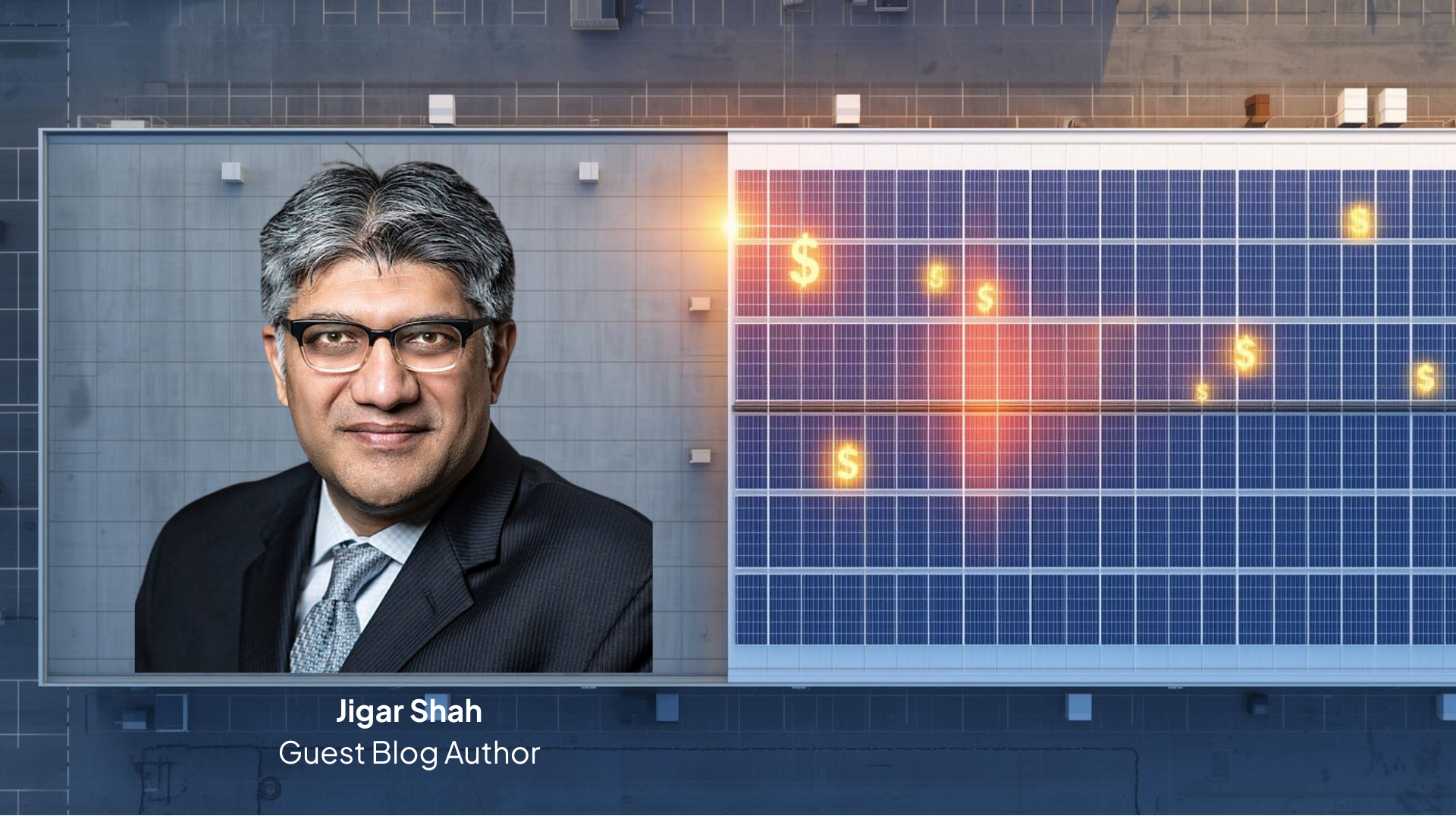
Across the United States, more than 400,000 warehouses—and millions of other commercial rooftops—sit as underutilized assets. Each one has the potential to generate stable cash flow without using new land or disrupting operations. These rooftops can fit over 200,000 MWs of new solar and battery storage—more than enough to meet our load growth through 2030.
For real estate owners, this is a rare moment where economic and environmental value align. With energy costs rising faster than inflation and power demand surging from data centers and onshoring, the U.S. needs every available electron—preferably on rooftops. That creates a once-in-a-generation opportunity for rooftop solar paired with batteries to become a core source of local power generation.
This opportunity comes just as the solar industry faces a major transition: the expiration of the federal Investment Tax Credit (ITC). For nearly two decades, the ITC reduced project costs by 30% and fueled U.S. solar growth. But with the passage of the OBBBA in July 2025, that credit is sunsetting.
Many in real estate assume that means the solar window has closed. That assumption is wrong.
Even before the ITC phase-out, solar adoption across commercial real estate lagged behind other sectors. The reasons are familiar:
For busy asset managers, solar has often felt like a heavy lift—a sustainability gesture rather than a core financial strategy. But today, the economics are not only intact—they may be stronger than ever.
Despite the loss of the federal ITC, four powerful market forces are reshaping the solar equation for CRE owners:
Together, these factors more than offset the loss of the ITC and position solar as a durable, market-driven investment for real estate owners.
This opportunity is real—but those who move first will capture the greatest benefits:
The technology is proven. The economics are outstanding. What often fails is execution.
Many owners get stuck in contracting, legal reviews, or incentive applications. Projects stall, timelines stretch, and trust erodes.
What changes the equation is scale, structure, and independence. Platforms like SolarKal are proving how to flip the model—acting as an owner’s representative, aggregating project volume, running competitive procurements, and building repeatable processes that cut risk and speed delivery.
One multibillion-dollar real estate fund, for example, struggled for years to execute rooftop solar. After shifting to a marketplace model, it completed dozens of installations within 18 months—without capital outlay and with improved economics, generating over $1 million in annual roof rent revenue.

The post-ITC era is not the end of commercial solar—it’s the beginning of a more stable, market-based phase.
For owners with partially developed projects, the message is clear: act now while Safe Harbor provisions remain. For those just starting, don’t assume the opportunity has passed. The economics of solar remain compelling, and the only real risk is inaction.
Every rooftop represents a decision point: leave it idle, or turn it into a generator of long-term value. The winners in commercial real estate will be those who act now—not those who look back later and realize the opportunity has passed.
Commercial real estate owners rarely have an internal dedicated team that can navigate this transition alone. Platforms like SolarKal are showing how trusted advisors can deliver the clarity, scale, and execution support needed to succeed.
The real opportunity lies not just in technology or incentives, but in leadership. America will install enough generation to meet today’s load growth moment. The question is whether this will leverage optimal commercial real estate rooftops or be deployed on less optimal sites that require expensive transmission and distribution grid upgrades. Commercial real estate companies can rise to the occasion and increase the value of their assets.
About the Author
Jigar Shah is a leading voice in clean-energy finance and one of TIME’s 100 Most Influential People shaping the global clean-energy transition. Learn more about his current work at Multiplier, where he partners with innovators accelerating climate-forward solutions.